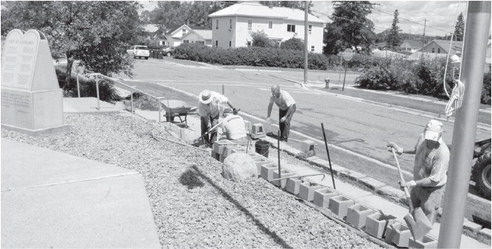Rib Lake hoping for a normal start to school year, planning for options


Continued from page 1
“We’re going to designate a person from each building who will get a hold of us everyday at 10 o’clock and let us know how many s...


Continued from page 1
“We’re going to designate a person from each building who will get a hold of us everyday at 10 o’clock and let us know how many s...